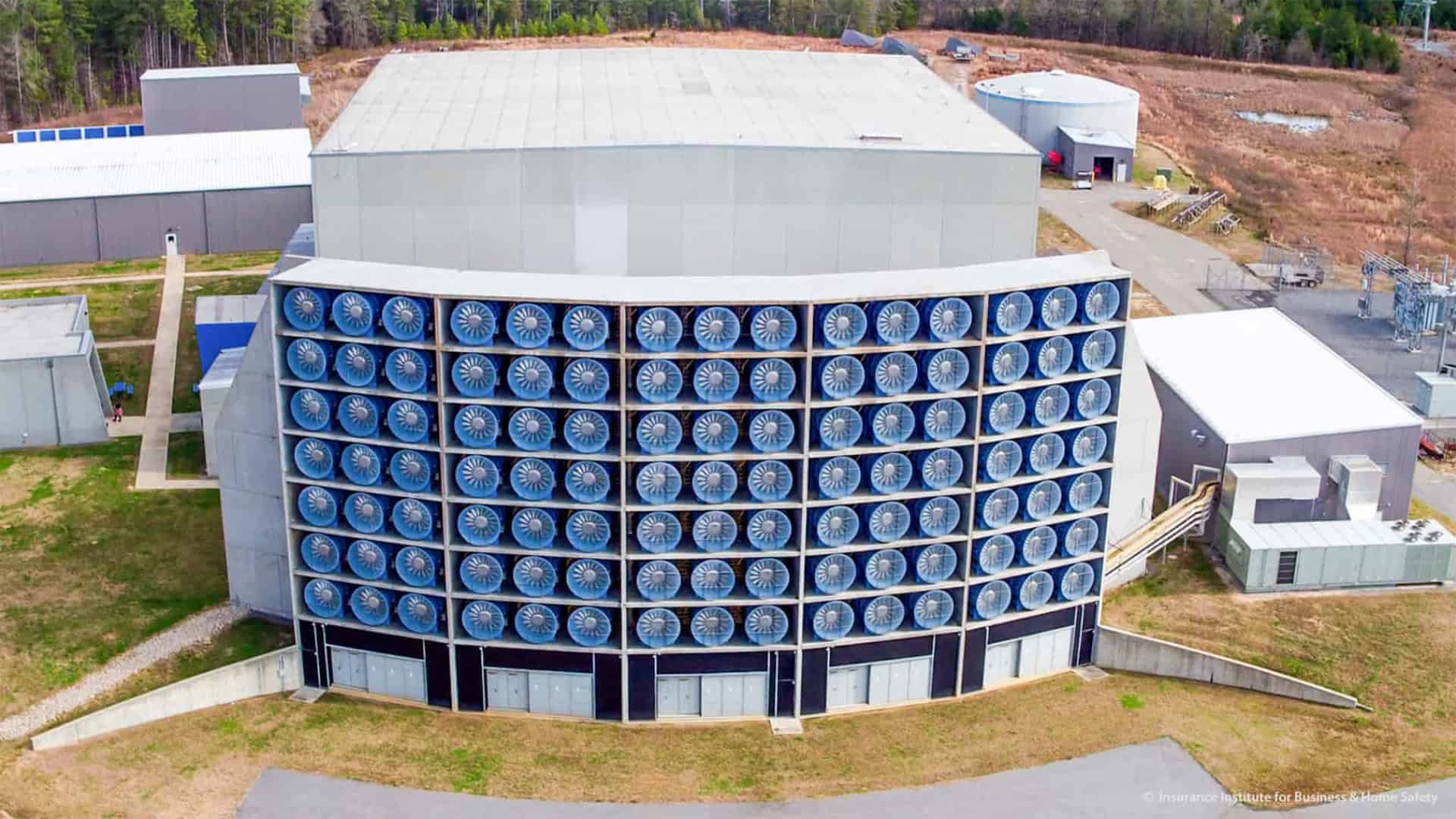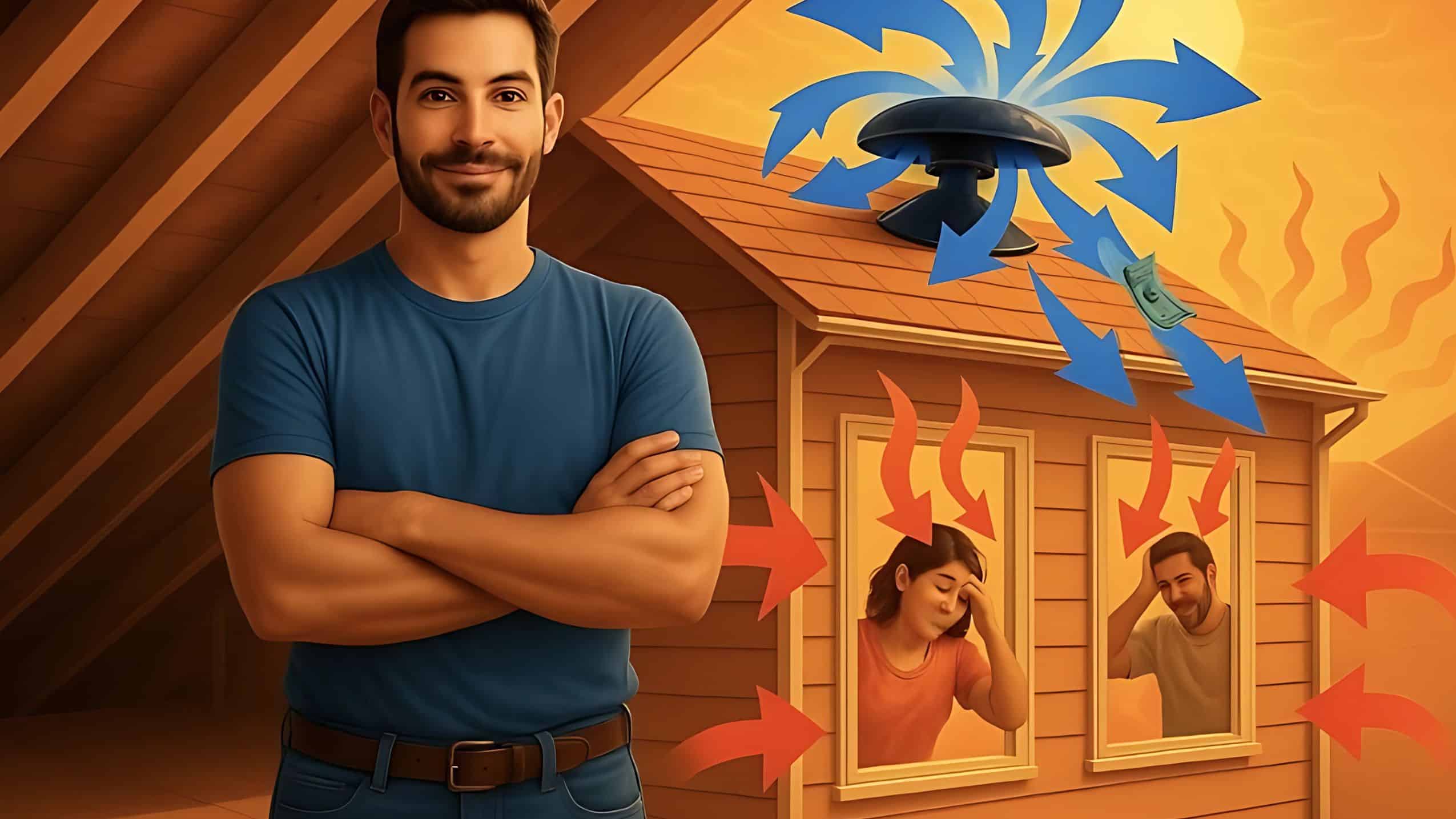The FORTIFIED program, now a household name in hurricane-prone communities like Louisiana, has a rich history rooted in decades of building science and disaster resilience advocacy. Its journey from a research initiative to a transformative force in Gulf Coast construction is a story of scientific rigor, community partnership, and policy innovation.
The Origins: IBHS and the Birth of FORTIFIED
The Insurance Institute for Business & Home Safety (IBHS) was established in 1979 by the property-casualty insurance industry, initially to coordinate insurance plans and provide technical information on building codes and land use. By the 1990s, IBHS had shifted its focus to applied research, examining how buildings could better withstand natural hazards.
In the wake of catastrophic storms like Hurricanes Ivan (2004) and Katrina (2005), the need for resilient construction became urgent. The devastation and ensuing insurance crisis along the Gulf Coast galvanized local leaders in Alabama and Mississippi to seek solutions. They identified IBHS’s evolving FORTIFIED construction standard as a promising answer and began systematically promoting its adoption.
FORTIFIED: Science in Action
FORTIFIED was conceived as a voluntary, beyond-code construction and re-roofing program designed to strengthen homes and commercial buildings against severe weather-especially high winds, hail, and hurricanes. IBHS’s Research Center in South Carolina became the proving ground, simulating storm conditions to test and refine building techniques.
By 2010, IBHS released the FORTIFIED Home™ program, offering three levels of protection-Roof, Silver, and Gold-each building on the last to address vulnerabilities from the roof deck to the foundation. The first FORTIFIED Home designation was issued in Alabama in 2011, and the program quickly gained traction, especially after the Alabama Insurance Underwriters Association and state legislature began offering insurance discounts and grant funding for FORTIFIED construction.
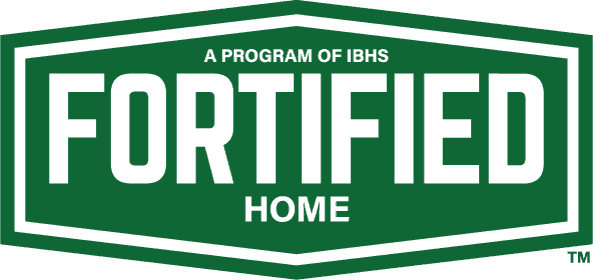
Early Success and Regional Expansion
Alabama became the national leader in FORTIFIED construction, with community organizations like Smart Home America and Habitat for Humanity demonstrating that resilience could be affordable and effective. By 2024, Alabama had surpassed 50,000 FORTIFIED designations, and the model began to inspire similar efforts in other states.
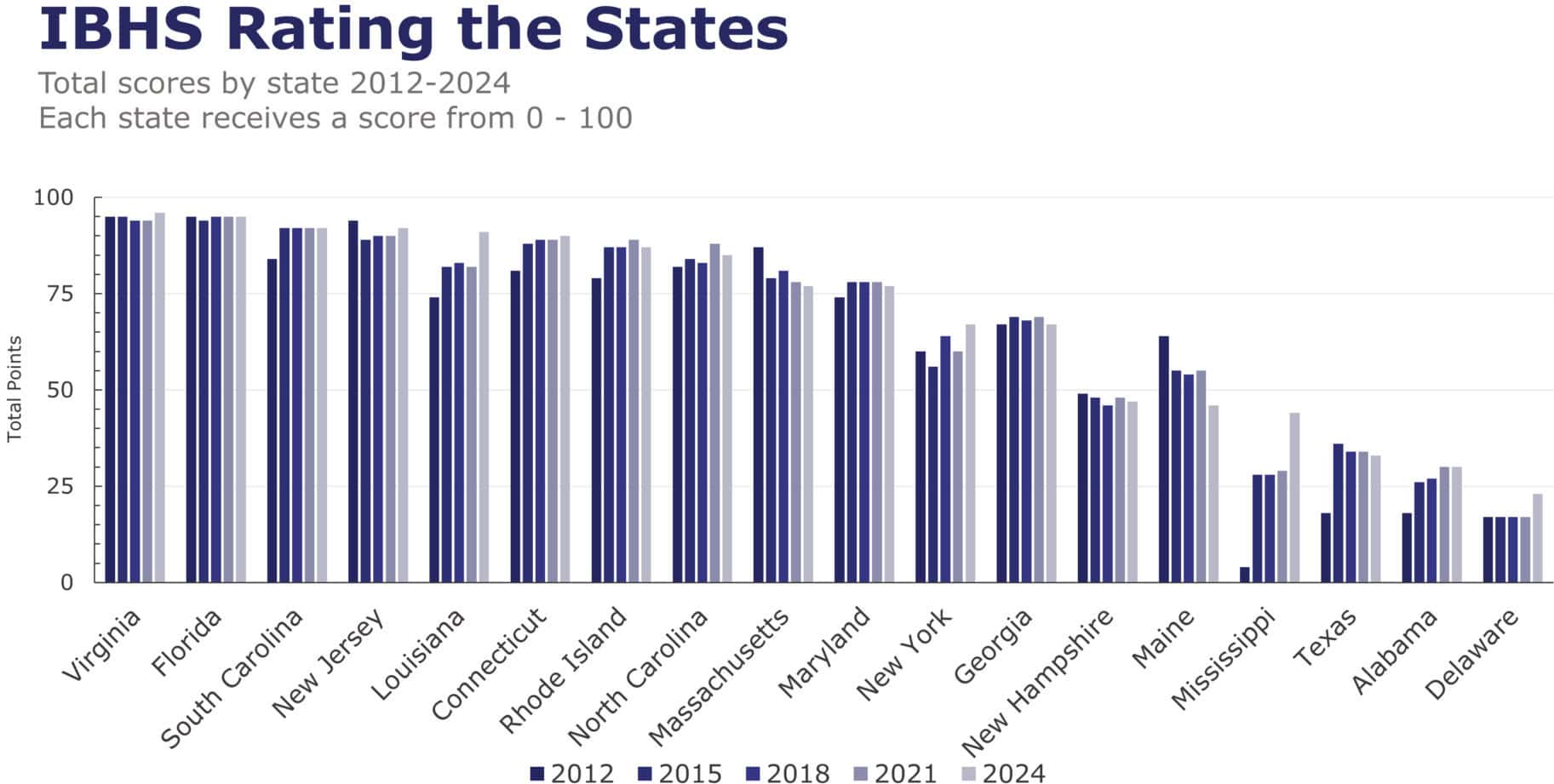
FORTIFIED Comes to Louisiana
Louisiana’s adoption of FORTIFIED accelerated after a series of devastating hurricanes- Laura, Delta, Zeta, and especially Ida in 2021, exposed the vulnerability of the state’s housing stock. In response, state leaders, with advocacy from organizations like Smart Home America, launched the Louisiana Fortify Homes Program (LFHP) in 2022, modeled after Alabama’s success.
The LFHP provides grants of up to $10,000 for homeowners to upgrade their roof to FORTIFIED Roof standards, which include enhanced nailing, sealed roof decks, and locked-down edges, measures proven to prevent catastrophic water intrusion and wind loss. Or, by utilizing the existing roof alternative by applying the approved polyurethane foam adhesive to the underside of the roof deck to create a secondary water barrier and strengthened roof deck attachment.
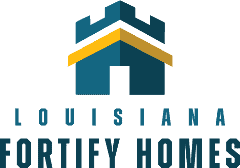
The program also mandates insurance discounts for FORTIFIED-certified homes, making resilience financially accessible for many.
Recent Achievements and Ongoing Challenges
By early 2025, Louisiana had issued over 5,400 FORTIFIED certificates, a seventeen-fold increase since 2023, with Orleans, St. Tammany, and Jefferson parishes leading in adoption. The program has delivered tangible benefits: homeowners report median annual insurance savings of $1,250, a 22% reduction, and a significant decrease in storm-related losses.
Learn More About DE Retro-FORTIFIED Roof
However, challenges remain. The program has yet to reach many very low-income households, and the pace of adoption must increase to achieve statewide resilience goals. The state is responding by streamlining applications, collaborating with nonprofits, and seeking additional funding.
A Model for the Nation
Today, FORTIFIED is recognized in 31 states, with over 70,000 designations nationwide and growing. Louisiana’s rapid embrace of the standard-fueled by legislative support, grant funding, and public demand-has made it the fastest-growing FORTIFIED market in the country. As climate risks intensify, the FORTIFIED program stands as a testament to the power of science, policy, and community action to break the cycle of destruction and build a safer future for all.
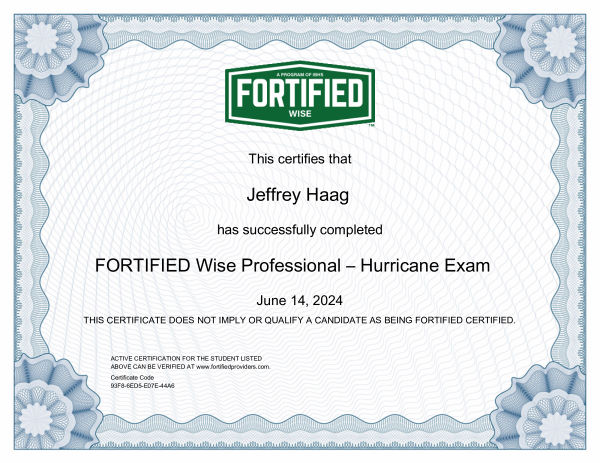
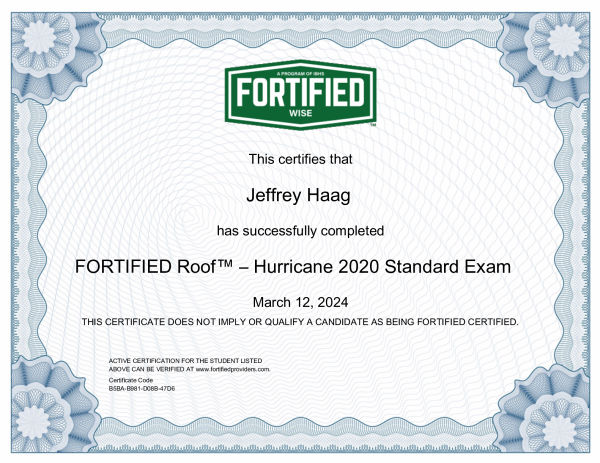
Post References
The following are some of the sources used to create this blog post.
FortifiedHome.org Louisiana Incentives
Lobservateur.com – What Residents Need To Know About The FORTIFIED Roog Program
SmartHome America – Top 20 FORTIFIED Cities 2022
RoofingContractor.com – Louisiana Passes FORTIFIED Legislation
Governing.com – Louisiana’s Roof Grant Program Succeeds
